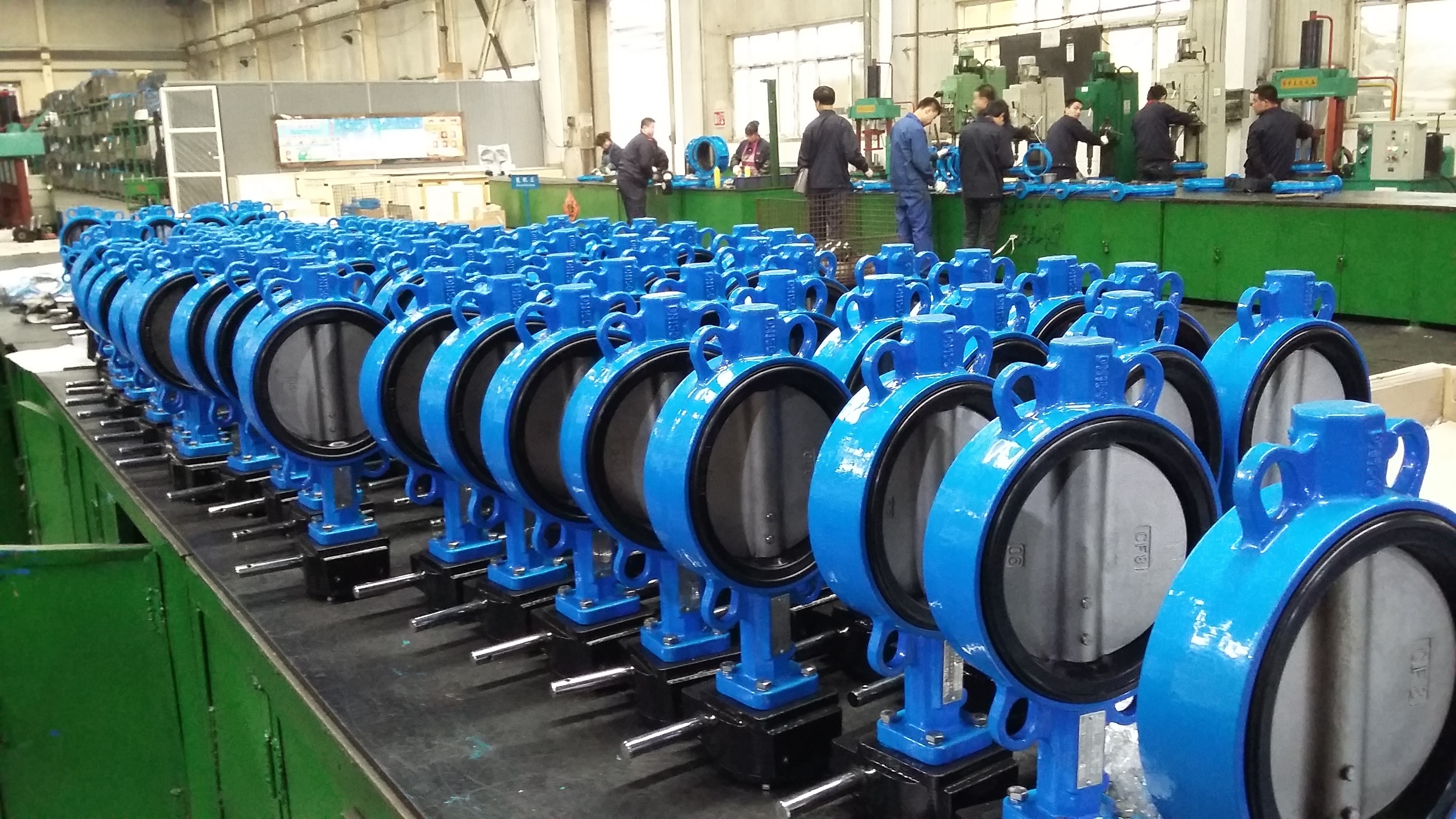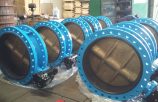Maintenance and upkeep of butterfly valves
 secureluokai
secureluokai
 May 29, 2025
May 29, 2025

1. Regular Visual Inspection
Systematic visual inspection of butterfly valves shall be conducted regularly, covering key components such as the valve body, disc, and stem:
Key Inspection Items
Observe whether there are structural defects such as cracks or sand holes on the valve body surface.
Check the connection between the disc and stem for firmness, and look for signs of looseness or displacement.
Detect the corrosion degree (e.g., oxide layers, rust) and mechanical wear (e.g., scratches, pits) on the surface of metal components.
Handling Principles
In case of abnormalities, the causes shall be analyzed promptly and repair measures shall be taken. For components with excessive wear or severe corrosion, immediate replacement is required to eliminate safety hazards.
2. Internal Cleaning of Valve Body
To ensure the fluid transmission efficiency and operational stability of butterfly valves, regular internal cleaning of the valve body is necessary:
Cleaning Cycle
The cycle shall be flexibly adjusted according to the medium characteristics (e.g., impurity content, viscosity) and usage environment (e.g., high-temperature, high-dust conditions). It is recommended to inspect at least once a month, and shorten it to once a week under harsh conditions.
Operation Key Points
Use cleaning agents compatible with the medium (e.g., neutral solvents or special valve cleaning agents) to avoid corroding internal components.
Use soft brushes, non-metallic scrapers, and other tools to gently remove scale. Hard tools are strictly prohibited to avoid damaging the sealing surfaces.
After cleaning, thoroughly flush residual cleaning agents and ensure the interior of the valve body is dry.
3. Sealing Performance Detection and Maintenance
The sealing system is the core of a butterfly valve’s functionality, requiring close attention to the condition of the seat and disc sealing surfaces:
Detection Methods
Judge the fit of the sealing surfaces through pressure tests (e.g., air pressure/water pressure tests) or leakage volume observation. If the leakage exceeds the standard, disassemble and inspect the wear of the sealing surfaces (e.g., grooves, flatness deviations).
Repair and Replacement
Slight wear can be repaired by grinding the sealing surfaces.
In case of severe damage or aging, replace the seals promptly. Select high-quality sealing materials (e.g., NBR, PTFE) that match the valve model and medium temperature/corrosivity, and ensure the installation accuracy meets technical requirements.
4. Lubrication Management for Moving Parts
Standardized lubrication procedures shall be established for moving parts such as stems and bushings to ensure operational flexibility:
Lubricant Selection
Select appropriate lubricants (e.g., lithium-based grease, molybdenum disulfide lubricating paste) according to working temperature, load conditions, and medium characteristics to avoid chemical reactions with the medium.
Lubrication Cycle
Lubricate once every quarter under normal conditions, and supplement lubrication monthly under high-frequency operation or harsh environments.
Operation Specifications
Clean the surface oil and impurities of the parts before lubrication to ensure no blockage at the lubrication points.
Use a quantitative filling method to control the amount of lubricant, avoiding excessive application that may contaminate the medium or adhere to dust.
Manually open and close the valve several times after lubrication to check whether the operating torque is uniform and ensure the lubrication effect.
If you have any questions or inquiries, please feel free to contact us with sales@lokvalve.com or WhatsApp: +8618616568786




